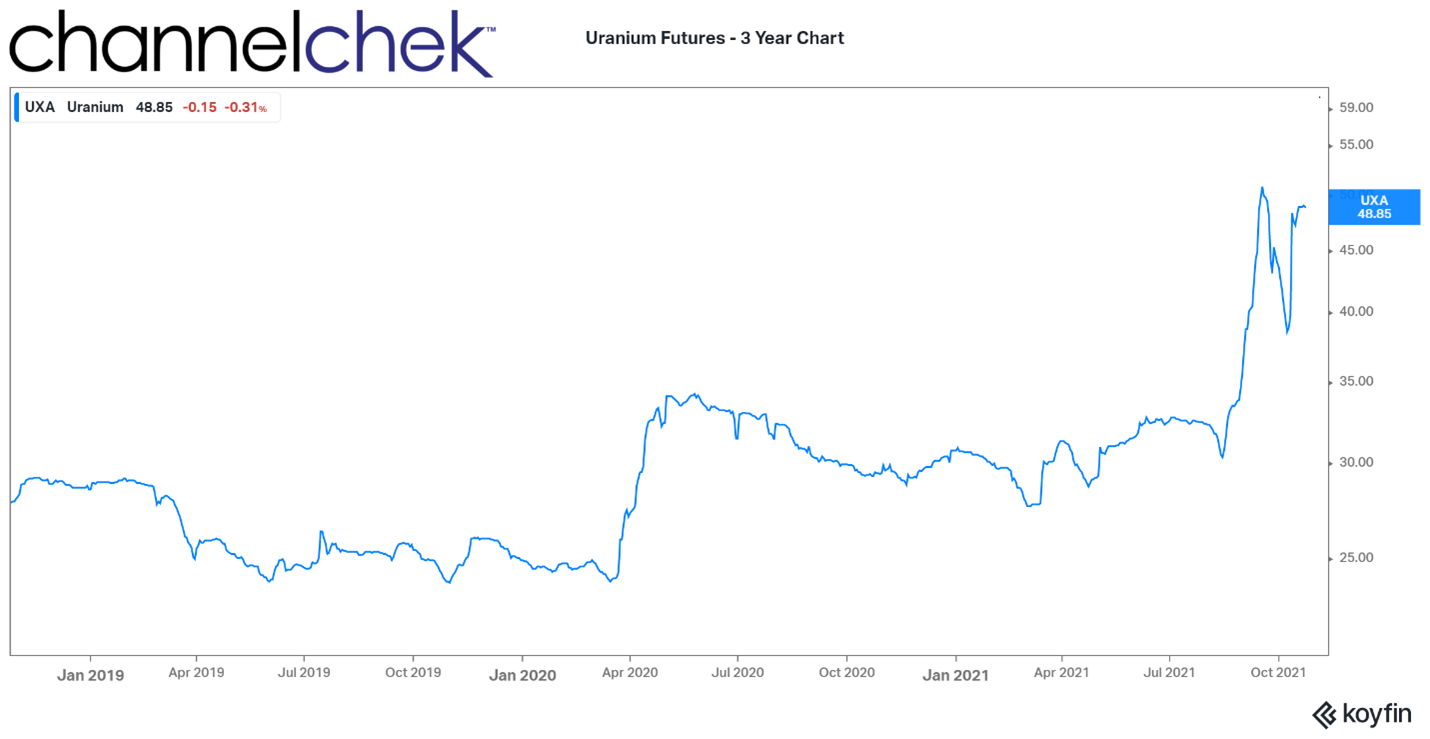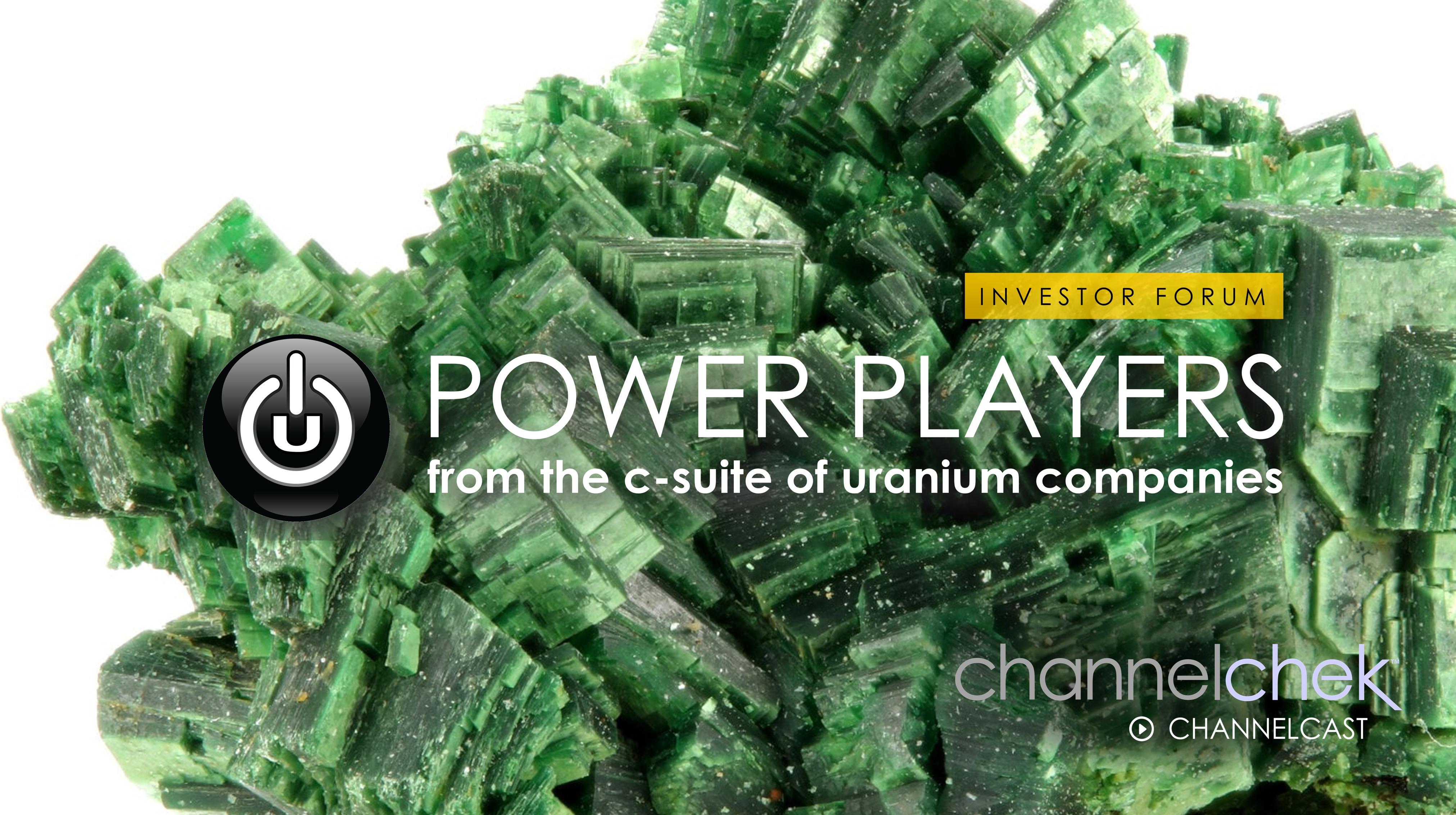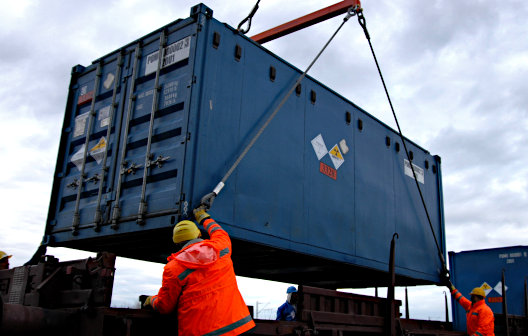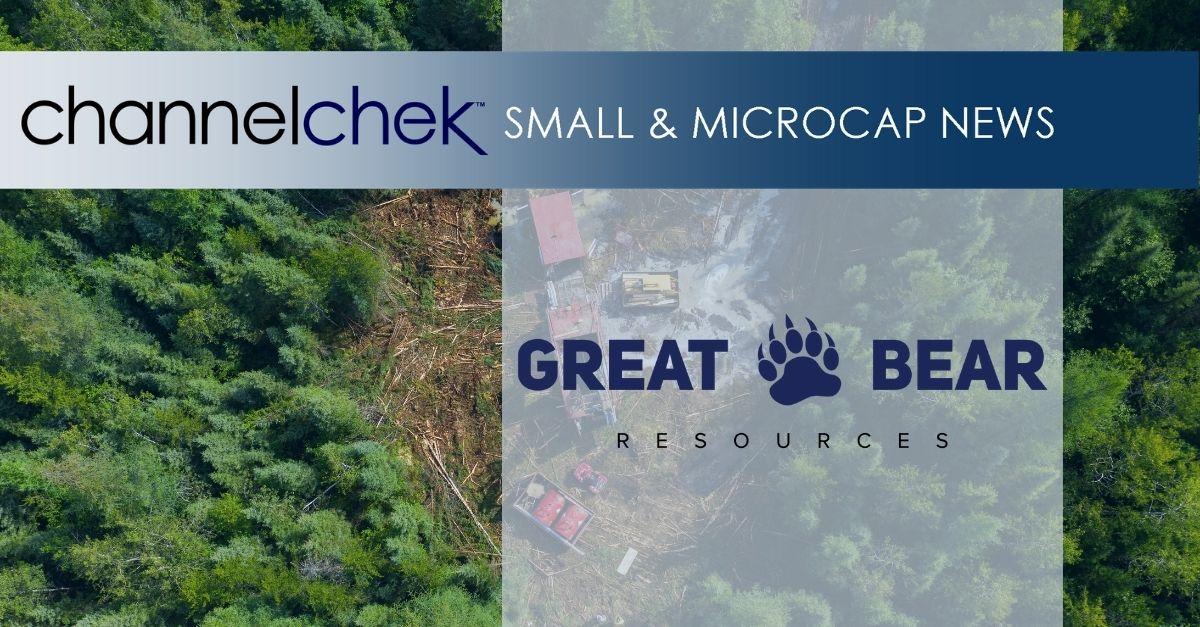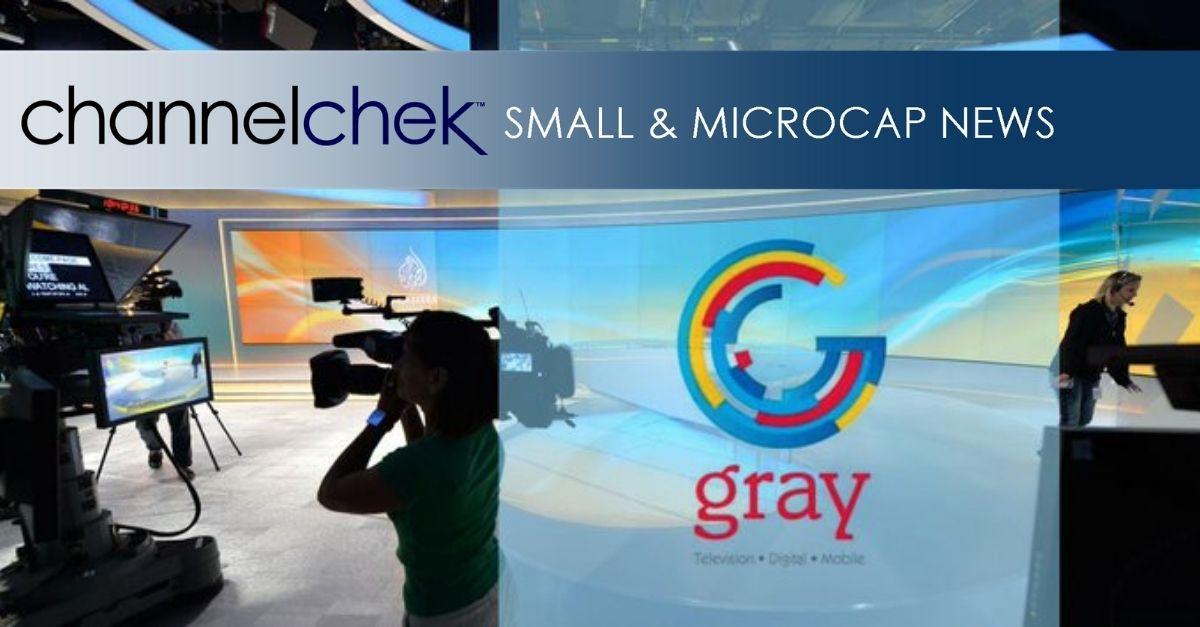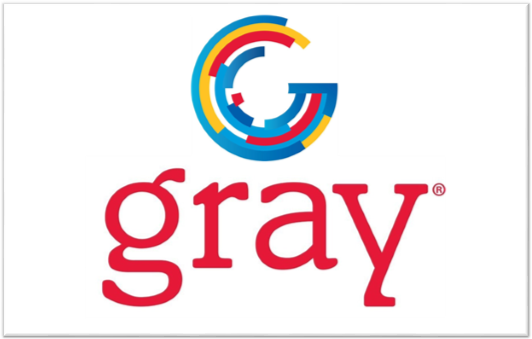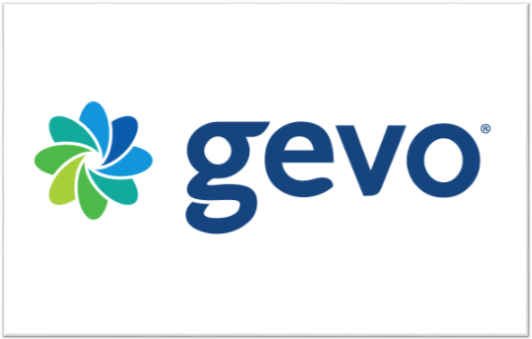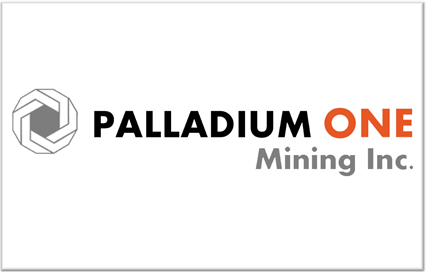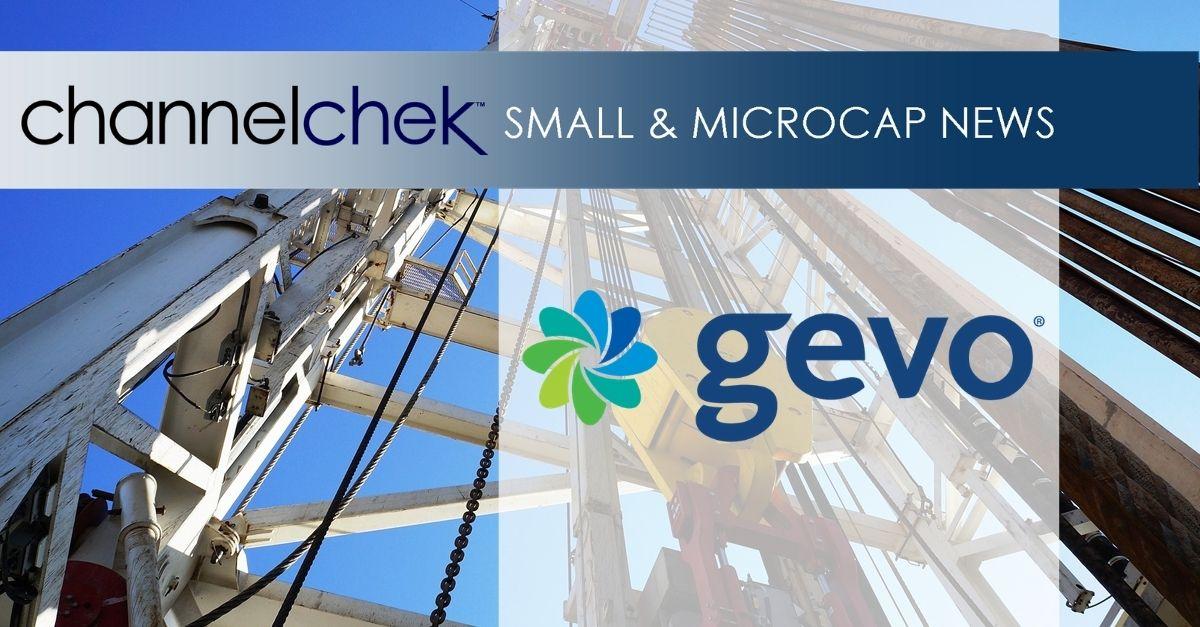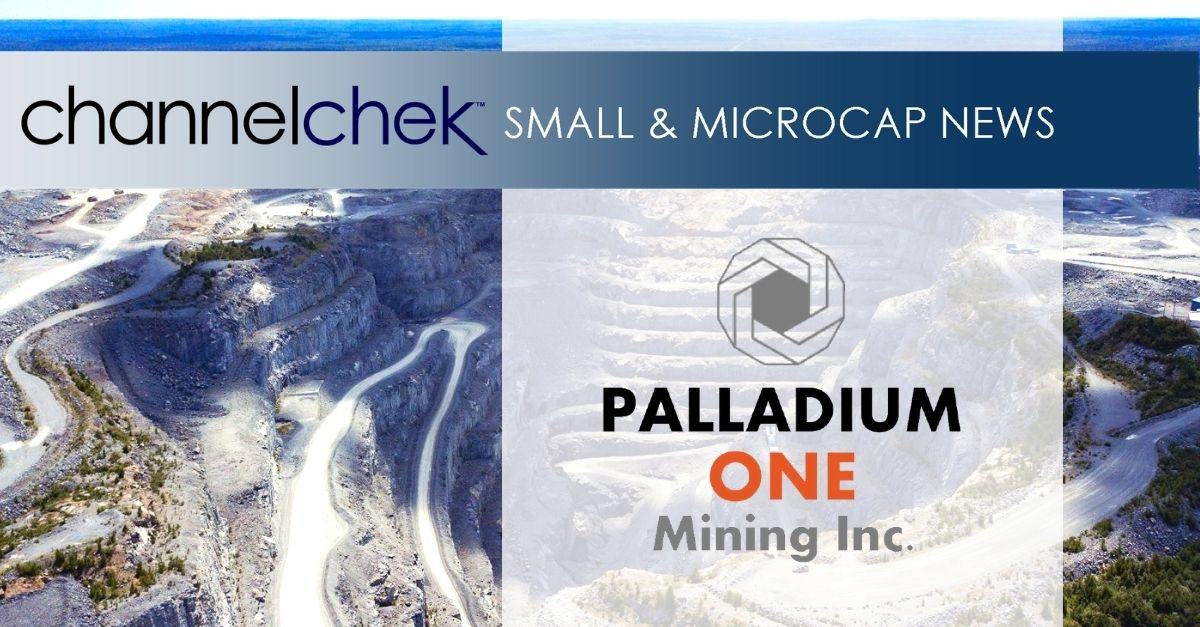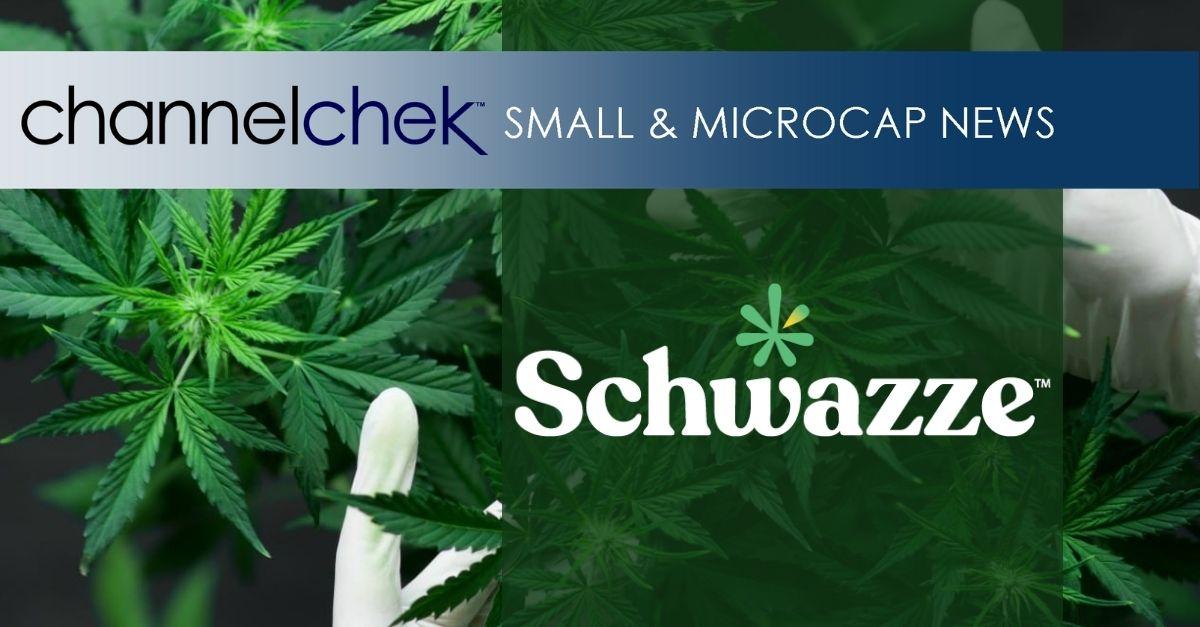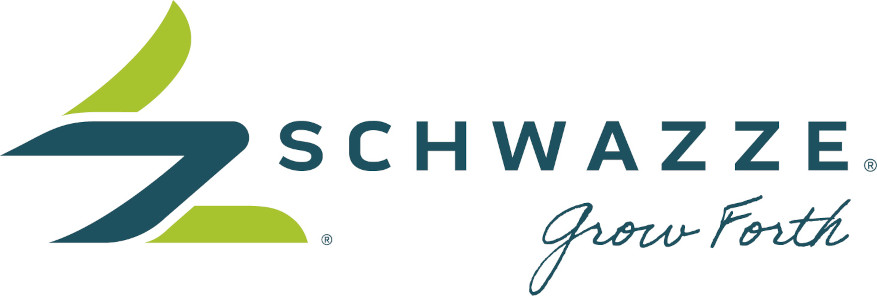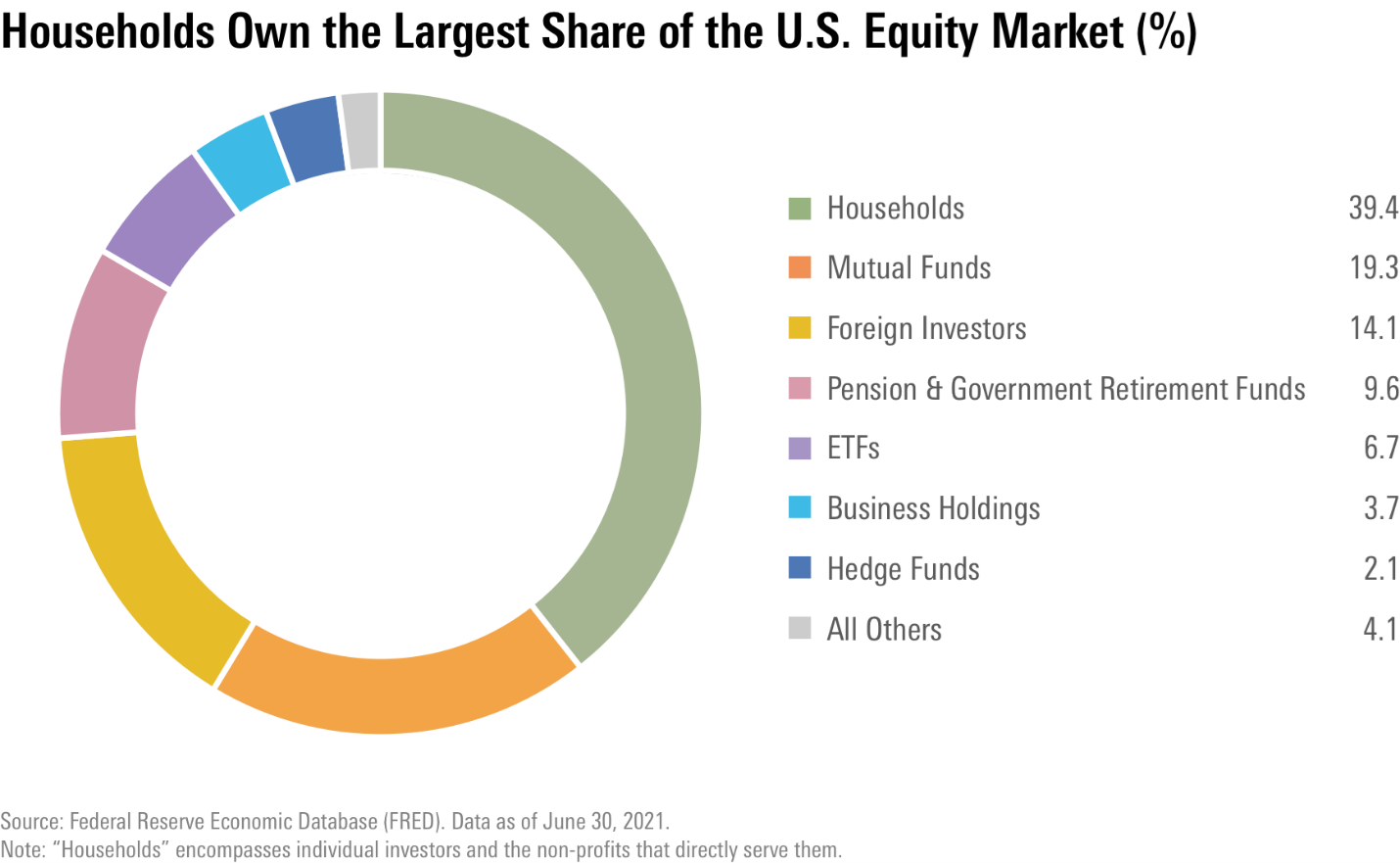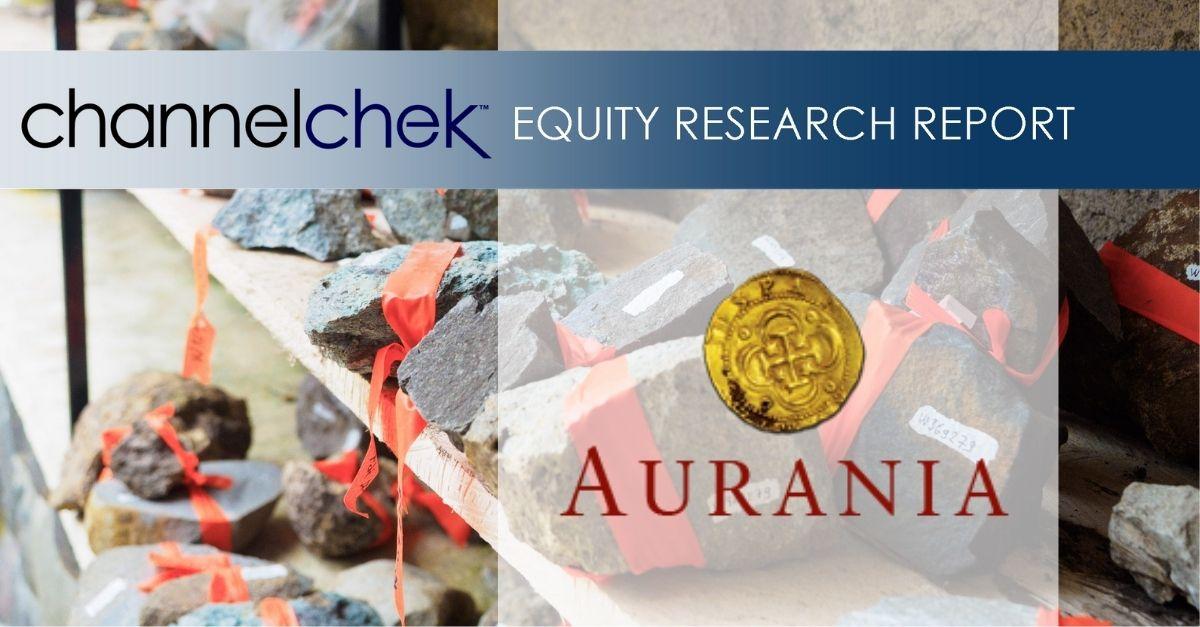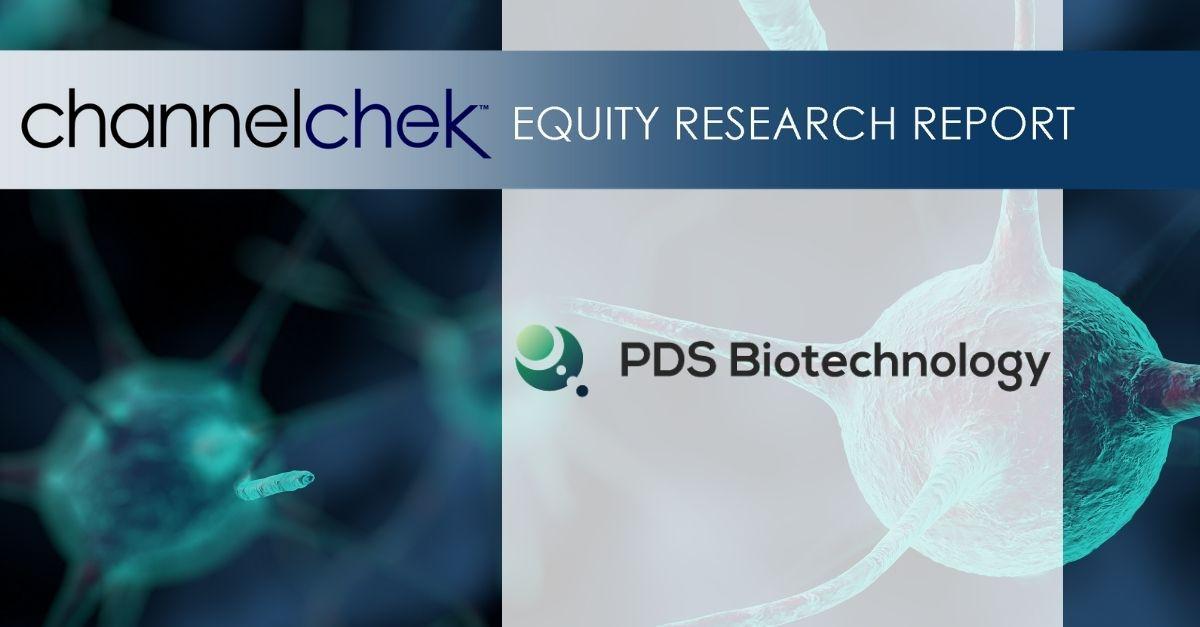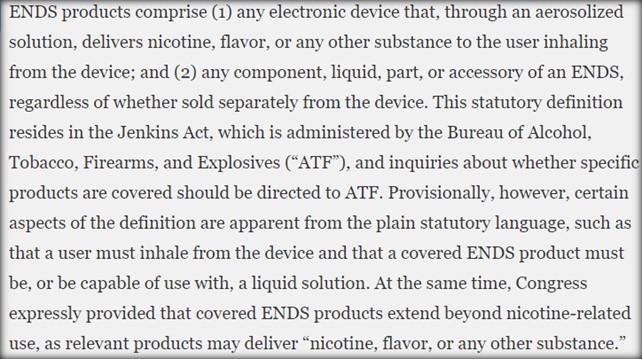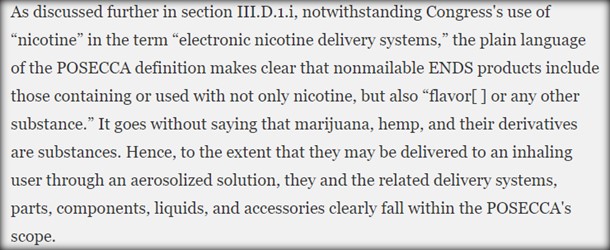
Great Bear Reports 95.2% to 99.2% Gold Recoveries in Preliminary LP Fault Metallurgical Tests – Gold is Free Milling and Readily Soluble at All Grades
October 25, 2021
– Vancouver, British Columbia, Canada – Great Bear Resources Ltd. (the “Company” or “Great Bear”, TSX-V: GBR; OTCQX: GTBAF) today reported gold recovery test results from its 100% owned flagship Dixie Project, in the Red Lake district of Ontario.
Chris Taylor, President and CEO of Great Bear said, “We selected what were anticipated to be the ‘most difficult’ mineralized domains to extract gold from at the LP Fault, and are pleased to report very high gold recoveries at all grades. This has strong positive implications for the future development potential of the Dixie project. Similar very high gold recoveries from the Dixie Limb and Hinge zones using comparable grinding and cyanidation protocols indicates mineralized material
from all gold zones is likely amenable to processing through the same
extraction circuits. Initial LP Fault cyanidation gold recovery tests confirm that non-refractory,
free gold dominates all low to high-grade domains tested to-date. All Dixie gold zones have excellent potential for significant gravity circuit gold recoveries, which will be investigated in the next phase of metallurgical testing.”
Highlights of Gold
Recovery Results
Ten one kilogram representative samples were analyzed at Blue Coast Research Ltd. (“Blue Coast”) of Parksville, British Columbia (Table 1). Samples were composited from 10 to 13 metre long core intervals and were processed through a standard 48 hour bottle roll procedure at 40% solids, using a 1.0 g/L sodium cyanide solution.
- All tested combinations of
grades, host rocks, sulphide content and alteration styles recovered a
very high percentage of total gold, within a four percent range from 95.2%
to 99.2%. While high-grade gold samples recovered the highest percentage of total gold during cyanidation, sub-gram low-grade gold mineralization nonetheless achieved excellent recoveries of greater than 95 percent. Table
2 and Figure
1.
- LP Fault gold mineralization is
not refractory. All samples, regardless of grade, were described as “free-milling”, indicating gold is not encapsulated in sulphide accessory minerals. Free gold mineralization has repeatedly been observed and reported by Great Bear, including during petrographic/microscope analysis (see news release of September 22, 2020).
Table 1: Metallurgical sample descriptions.
|
Test
ID
|
Grade
Range
(Au g/t)
|
Total
Weight (kg)
|
Core
length
(m)
|
Comments
|
|
CN21,22
|
0.50 – 1.0
|
19.62
|
12.30
|
Lower-grade
bulk tonnage halo, felsic volcanic with trace sphalerite, < 3% pyrite
|
|
CN19,20
|
1.3 – 1.6
|
19.86
|
10.10
|
Bulk
tonnage halo, felsic volcanic/metasediment, < 2% pyrite, trace arsenopyrite
|
|
CN17,18
|
4.1 – 4.2
|
21.26
|
10.65
|
Transitional mid-grade mineralization proximal to high-grade domains, felsic volcanic < 2.5% pyrite, trace sphalerite, < 1% arsenopyrite
|
|
CN13,14
|
9.2
|
21.46
|
13.00
|
High-grade
from the Auro2 domain which includes the highest observed accessory arsenopyrite content, felsic volcanic < 1% pyrite, trace pyrrhotite, 0.3 – 10% arsenopyrite
|
|
CN15,16
|
> 20.0
|
21.28
|
11.85
|
High-grade from the Auro2 domain, felsic volcanic. Up to 10% arsenopyrite < 3% pyrite, trace sphalerite
|
Table 2: Gold recovery results from LP Fault composite samples.
|
Test
ID
|
Purpose
|
NaCN Conc (g/L)
|
% Solids
|
Primary Grind (p80, µm)
|
NaCN Consumption (kg/t)
|
48 hr Au Recovery (%)
|
Residue Grade (Au, g/t)
|
Calculated Head Grade (Au, g/t)
|
|
CN-13
|
Baseline
|
1
|
40
|
77
|
0.19
|
98.0
|
0.18
|
9.24
|
|
CN-14
|
Lead Nitrate
|
1
|
40
|
75
|
0.22
|
97.7
|
0.21
|
9.23
|
|
CN-15
|
Baseline
|
1
|
40
|
75
|
0.23
|
99.2
|
0.19
|
22.98
|
|
CN-16
|
Lead Nitrate
|
1
|
40
|
74
|
0.27
|
98.7
|
0.34
|
26.58
|
|
CN-17
|
Baseline
|
1
|
40
|
75
|
0.18
|
97.5
|
0.11
|
4.19
|
|
CN-18
|
Lead Nitrate
|
1
|
40
|
74
|
0.12
|
97.3
|
0.11
|
4.08
|
|
CN-19
|
Baseline
|
1
|
40
|
75
|
0.12
|
96.3
|
0.06
|
1.59
|
|
CN-20
|
Lead Nitrate
|
1
|
40
|
74
|
0.19
|
96.4
|
0.05
|
1.36
|
|
CN-21
|
Baseline
|
1
|
40
|
77
|
0.23
|
95.2
|
0.04
|
0.75
|
|
CN-22
|
Lead Nitrate
|
1
|
40
|
74
|
0.12
|
95.9
|
0.04
|
0.97
|
Figure 1: LP Fault zone gold recovery curves showing time-weighted gold recoveries.
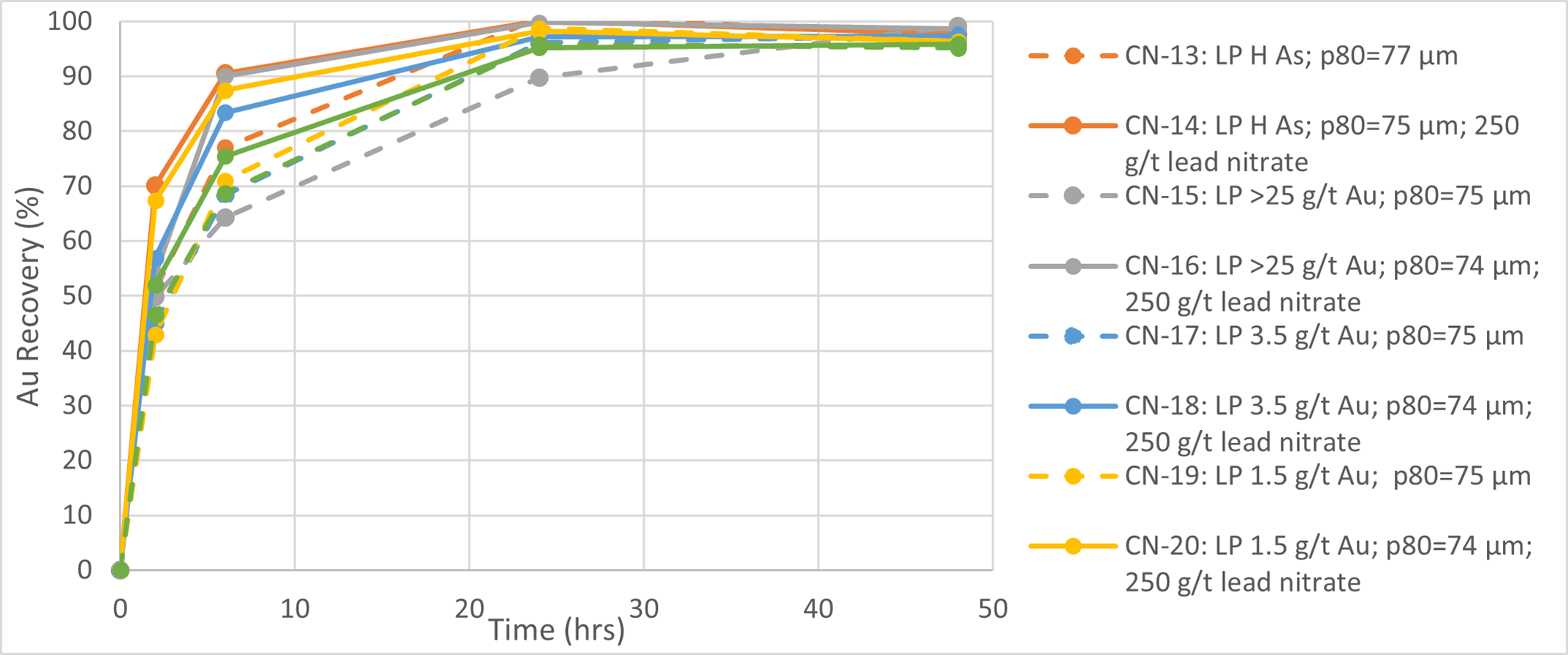
Ongoing Metallurgical Testing
The samples reported here represent the most
mineralogically complex intervals drilled to date at the LP Fault and have higher accessory sulphide content than the zone’s average. In most gold deposits, zones with higher sulphide content have lower gold recoveries than zones with lower sulphide content.
- Accessory sulphide content had
no measurable effect on gold recoveries, confirming that gold is not present within sulphide mineral crystal structures.
- Autoclave processing will not
be required for LP Fault mineralized material.
Additional gold recovery testing of low-sulphide material is now also
underway, which is expected to yield comparable high gold recoveries.
- Great Bear management notes that current cyanidation gold recovery results are in line with the high reported operational gold recoveries at mines in the Red Lake district, which generally recover +90%.
- Ongoing testing also includes “gold-only” LP Fault mineralization such as that observed within high-grade intervals in LP Fault discovery drill hole DNW-011 (see news release of May 28, 2019) where gold is observed without significant accessory sulphides in many samples. In most gold deposits, gold-only mineralization yields the highest gold recoveries.
Gravity gold recovery circuits are important, low-cost components of many gold processing operations. Due to the free gold character of all grade ranges of LP Fault mineralization, the mineralized material is expected
to be amenable to gravity-based gold separation. Gravity amenability is currently being tested by Great Bear.
Results of ongoing metallurgical testing will be reported periodically as completed through 2022.
Gold recoveries from the
Hinge and Dixie Limb zones were originally disclosed by the Company on November 12, 2020 and January 27, 2021, and are provided in Table 3.
Table 3: Gold recoveries from the Dixie Limb and Hinge zones previously reported by Great Bear.
|
Test ID
|
Feed
|
Purpose
|
NaCN Conc (g/L)
|
% Solids
|
Primary Grind (p80, µm)
|
NaCN Cons (kg/t)
|
48 hr Au Recovery (%)
|
Residue Grade (Au, g/t)
|
Calculated Head Grade (Au, g/t)
|
|
CN-1
|
Hinge Zone Comp
|
Effect of Primary Grind
|
1.00
|
40.0
|
112
|
0.37
|
95.4
|
0.64
|
13.96
|
|
CN-2
|
Hinge Zone Comp
|
Effect of Primary Grind
|
1.00
|
40.0
|
74
|
0.43
|
97.2
|
0.39
|
13.94
|
|
CN-3
|
DL Argillite Comp
|
Effect of Primary Grind
|
1.00
|
40.0
|
138
|
1.10
|
92.9
|
0.72
|
10.07
|
|
CN-4
|
DL Argillite Comp
|
Effect of Primary Grind
|
1.00
|
40.0
|
77
|
4.47
|
88.3
|
1.27
|
10.89
|
|
CN-5
|
DL High Sulphide Comp
|
Effect of Primary Grind
|
1.00
|
40.0
|
121
|
1.11
|
93.1
|
0.62
|
8.99
|
|
CN-6
|
DL High Sulphide Comp
|
Effect of Primary Grind
|
1.00
|
40.0
|
74
|
1.91
|
96.1
|
0.35
|
8.92
|
|
CN-7
|
DL Argillite Comp
|
Effect of Lead Nitrate
|
1.00
|
40.0
|
78
|
1.66
|
97.0
|
0.31
|
10.37
|
|
CN-8
|
DL Argillite Comp
|
Effect of Lead Nitrate
|
1.00
|
40.0
|
76
|
1.43
|
97.4
|
0.29
|
11.06
|
|
CN-9
|
DL Argillite Comp
|
Effect of Cyanide Concentration
|
2.00
|
40.0
|
74
|
3.30
|
97.5
|
0.29
|
11.49
|
|
CN-10
|
DL Argillite Comp
|
Effect of Lead Nitrate / Pre-treatment
|
1.00
|
40.0
|
79
|
1.56
|
97.1
|
0.29
|
10.06
|
|
CN-11
|
DL High Sulphide Comp
|
Effect of Lead Nitrate
|
1.00
|
40.0
|
76
|
1.55
|
96.9
|
0.29
|
9.35
|
|
CN-12
|
DL High Sulphide Comp
|
Effect of Lead Nitrate / Pre-treatment
|
1.00
|
40.0
|
77
|
1.35
|
96.7
|
0.29
|
8.80
|
About the Dixie Project
The 100% owned flagship Dixie project boasts one of the largest recent gold discoveries in a Canadian mining jurisdiction. Proximal to major infrastructure near the town of Red Lake, Ontario, the Dixie property comprises over 91.4 square kilometres of contiguous claims that extend over 22 kilometres with a paved highway and provincial power and natural gas lines. The property also hosts a network of well-maintained logging roads which facilitate access.
The 23 high-grade domains discussed in this release are structurally and geologically distinctive from the surrounding lower grade, bulk tonnage style gold mineralization. Together, they span a strike length of 4.2 kilometres and occur within larger stratigraphically controlled lower grade domains. They are characterized by high degrees of strain and/or transposed quartz vein zones following two distinct structural fabrics and transition from upper greenschist to lower amphibolite facies metamorphism. Gold in the high-grade domains is generally observed as free gold, is often transposed into, and overgrows the dominant structural fabrics, and is higher-grade on average than the surrounding bulk tonnage gold zones.
To date, Great Bear has completed a total of 672 drill holes, identifying three high-grade gold discoveries. The most significant discovery is the large-scale “LP Fault” zone, which comprises high-grade disseminated gold mineralization within broad moderate-to-lower-grade envelopes in felsic volcanic and sediment units. LP Fault drilling has identified gold mineralization along 11 kilometres of strike length to date, and a detailed drill grid is being completed along approximately 4 kilometres of strike length. The nearby “Hinge” and “Limb” gold zones are more characteristic of the renowned Red Lake mined deposits, comprising gold-bearing quartz veins and silica-sulphide replacement zones hosted by mafic volcanic units. Over 80% of the Company’s drill holes into the LP Fault, Dixie Limb and Hinge zones contain visible gold mineralization. Gold occurs mainly as free gold, neither bound to nor within sulphide minerals.
Great Bear adheres to industry-leading quality assurance / quality control (QA/QC) practices in data collection, analysis and disclosure, and detailed assays including all historical LP Fault drill hole data are available on the Company’s website at https://greatbearresources.ca/projects/overview/dixie-project-data/.
About Great Bear
Great Bear Resources Ltd. is a Vancouver-based gold exploration company focused on advancing its 100% owned Dixie project in Northwestern Ontario, Canada. A significant exploration drill program is currently underway to define the mineralization within a large-scale, high-grade disseminated gold discovery made in 2019, the LP Fault. Additional exploration drilling is also in progress to expand and infill nearby high-grade gold zones, as well as to test new regional targets. The Company is currently in the process of compiling all historical data together with incoming assay results, with the goal of publishing an initial NI 43-101 compliant multi-million ounce mineral resource estimate for the Dixie project in early 2022.
Great Bear is a committed partner to all stakeholders, with a long-term vision of sustainable exploration to advance the Dixie project in a manner that demonstrates good stewardship of land, operational excellence and accountability.
QA/QC and Core Sampling
Protocols
Drill core is logged and sampled in a secure core storage facility located in Red Lake Ontario. Core samples from the program are cut in half, using a diamond cutting saw, and are sent to Activation Laboratories in Ontario, an accredited mineral analysis laboratory, for analysis. All samples are analysed for gold using standard Fire Assay-AA techniques. Samples returning over 10.0 g/t gold are analysed utilizing standard Fire Assay-Gravimetric methods. Pulps from approximately 5% of the gold mineralized samples are submitted for check analysis to a second lab. Selected samples are also chosen for duplicate assay from the coarse reject of the original sample. Selected samples with visible gold are also analyzed with a standard 1 kg metallic screen fire assay. Certified gold reference standards, blanks and field duplicates are routinely inserted into the sample stream, as part of Great Bear’s quality control/quality assurance program (QAQC). No QAQC issues were noted with the results reported herein.
Qualified Person and NI
43-101 Disclosure
Mr. R. Bob Singh, P.Geo, VP Exploration, and Ms. Andrea Diakow P.Geo, VP Projects for Great Bear are the Qualified Persons as defined by National Instrument 43-101 responsible for the accuracy of technical information contained in this news release.
Results for the metallurgical test program were provided and approved by Andrew Kelly, P.Eng., of Blue Coast Research Ltd., a Qualified Person for the purpose of National Instrument 43-101.
ON BEHALF OF THE BOARD
“Chris Taylor”
Chris Taylor, President and CEO
Investor Inquiries:
Ms. Jenni Piette,
Director, Sustainability and Stakeholder Relations
Tel: 604-646-8354
info@greatbearresources.ca
www.greatbearresources.ca
Cautionary note regarding forward-looking
statements
This release contains certain “forward looking statements” and
certain “forward-looking information” as defined under applicable Canadian and
U.S. securities laws. Forward-looking statements and information can generally
be identified by the use of forward-looking terminology such as “may”, “will”,
“should”, “expect”, “intend”, “estimate”, “anticipate”, “believe”, “continue”,
“plans” or similar terminology. The forward-looking information contained
herein is provided for the purpose of assisting readers in understanding
management’s current expectations and plans relating to the future. Readers are
cautioned that such information may not be appropriate for other purposes.
Forward-looking information are based on management of the
parties’ reasonable assumptions, estimates, expectations, analyses and
opinions, which are based on such management’s experience and perception of
trends, current conditions and expected developments, and other factors that
management believes are relevant and reasonable in the circumstances, but which
may prove to be incorrect.
Such factors, among other things, include: impacts arising from
the global disruption caused by the Covid-19 coronavirus outbreak, business
integration risks; fluctuations in general macroeconomic conditions; fluctuations
in securities markets; fluctuations in spot and forward prices of gold or
certain other commodities; change in national and local government,
legislation, taxation, controls, regulations and political or economic
developments; risks and hazards associated with the business of mineral
exploration, development and mining (including environmental hazards,
industrial accidents, unusual or unexpected formations pressures, cave-ins and
flooding); discrepancies between actual and estimated metallurgical recoveries;
inability to obtain adequate insurance to cover risks and hazards; the presence
of laws and regulations that may impose restrictions on mining; employee
relations; relationships with and claims by local communities and indigenous
populations; availability of increasing costs associated with mining inputs and
labour; the speculative nature of mineral exploration and development
(including the risks of obtaining necessary licenses, permits and approvals
from government authorities); and title to properties.
Great
Bear undertakes no obligation to update forward-looking information except as
required by applicable law. Such forward-looking information represents
management’s best judgment based on information currently available. No
forward-looking statement can be guaranteed and actual future results may vary
materially. Accordingly, readers are advised not to place undue reliance on
forward-looking statements or information.
